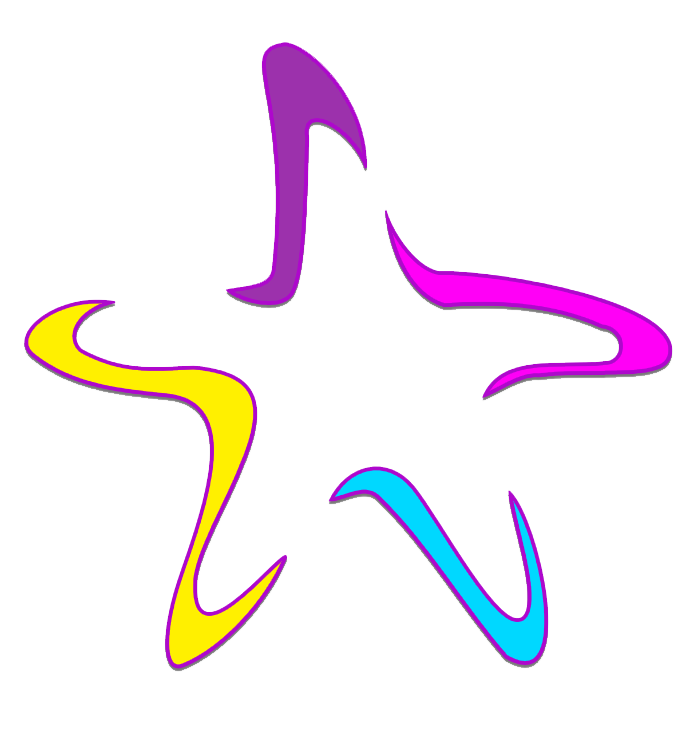About The Project
On the back of the successful Our Lives Conference in 2019, Hunter Gender Alliance applied again to Aurora to support us in 2020. The Aurora Group provide small grants funding to projects that target key groups within the community including LBGTIQA+ communities in regional areas, LGBTIQA+ young people and TGD people.
HGA achieved funding for several projects under the “Let’s Talk” banner, Including ‘Let’s Talk Stories’ creative writing workshops and exhibition and ‘Let’s Talk Soapbox’ coaching and performance event. HGA plan to host ‘Let’s Talk Soapbox’ in conjunction with the Young Writers Festival in Newcastle in October.
HGA was founded to improve access to support for TGD people in the Hunter New England area.
We believe one of the ways to improve access is by promoting the voice of TGD people in the wider community, and in doing so raise awareness of their experiences, their understanding of themselves, the challenges and the good stuff too.
We believe that the second way to improve access is to provide projects that increase the self esteem and self confidence of TGD people, empowering them to take control of their lives and in turn improve their well being.
It is hoped that ‘Let’s Talk Stories’ and ‘Lets Talk Soapbox’ will achieve both of these goals.
At A Glance: Exhibit Themes
We noticed a few common themes throughout our exhibit.
They were:
The power of expressing gender publically, through things like clothing and haircuts, for trans and gender diverse people
The freedom people feel when they live, and are allowed to live, as themselves
The importance of pronouns and names
That people don’t necessarily fit, or want to fit, into rigid categories
The love our allies have for the trans and gender diverse people in their lives
The fact that our community is diverse, talented and amazing.
Our Data
We collected data from our writers to give us a better picture of the Trans and Gender Diverse community we serve.
Data informs our approach, and can show us things and patterns in our community.
This data is a small snapshot of a small, self-selected portion of the trans and gender diverse community.
It is not intended for scientific purposes.
Rather, it serves as an illustration of the diversity in our community.
Binary vs Non Binary Identities
We saw a lot of respondents with non-binary identities. This shows us that we need to consider the trans experience as non-binary. We can achieve this by practicing gender neutral pronouns, having gender-neutral options on forms, and supporting the rights and experiences of non-binary folk.
Cultural and Linguistic Diversity
We had around 25% of our respondents identifying as coming from a culturally or linguistically diverse background (families who speak a language other than English, or who practice a religion other than Christianity.) At HGA, we strive for diversity, ?
Age Range of Respondents
We saw around 50% of our writers coming from the 16-25 age range. Then, we saw a fairly even spread of ages. Critically, this means that our TGD authors aren’t all younger people. We need to target our projects at a broad age range.
Intersectionality
People are often members of more than one group.
Sometimes, a group of people can have barriers to being seen as who they are
These groups overlap; and people have different lives, and different pressures, because of these overlaps. Sociologists call the bits that overlap “intersections.”
The diagram below shows some common intersections - but not all of them - and the way a person can experience these overlaps.
“Intersectionality” is thinking about how these groups interact, and how that effects a person who’s a member of multiple groups.
Too often, projects are designed for one group in mind - and ignore the fact that most of us are members of more than one minority.
This all effects the way that a person might experience the world.
For example, Bob, a cis-passing trans man who’s white, straight and conventionally abled, might have a different life experience to Rashida, a non-binary, gender non-conforming person of colour who uses a wheelchair.
At HGA, we design our projects with intersectionality as one of our main goals.
The graphic below shows the intersections our writers experience:
(Read from left to right, each coloured line represents a person:)
Intersectionality and Our Writers
You can see from the graphic (caption on hover), that trans and gender diverse people are often members of different groups. We need to design with this in mind.







